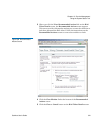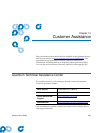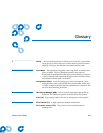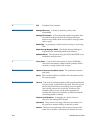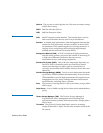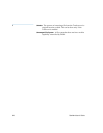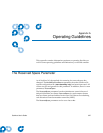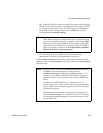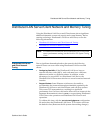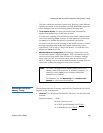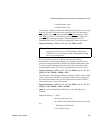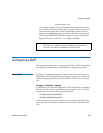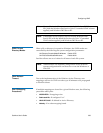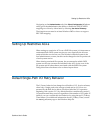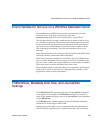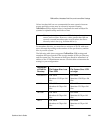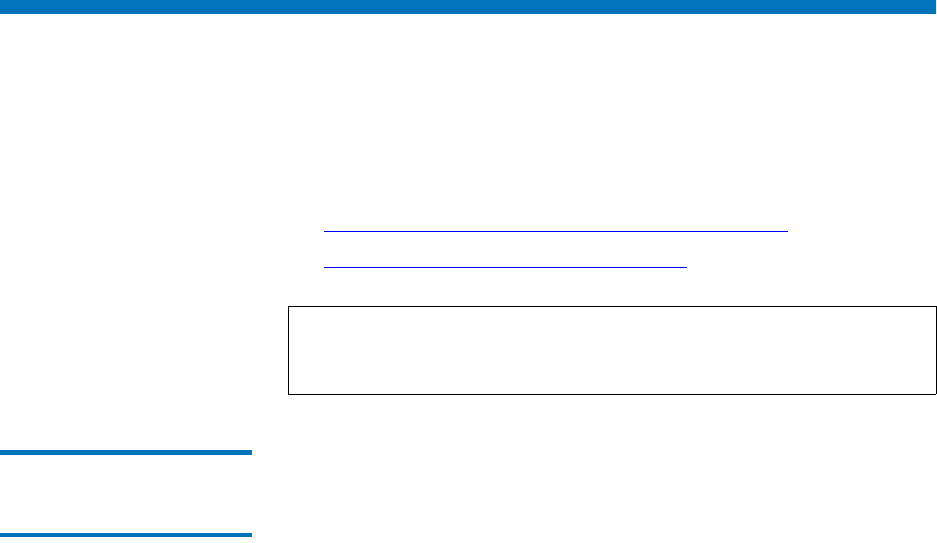
Distributed LAN Server/Client Network and Memory Tuning
StorNext User’s Guide 329
Distributed LAN Server/Client Network and Memory Tuning
Using the Distributed LAN Server and Client feature places significant
additional demands on network capacity and system memory. Before
creating and using a Distributed LAN Server and Client, review the
following information:
• Distributed LAN Server and Client Network Tuning
• Distributed LAN Server Memory Tuning
Distributed LAN Server
and Client Network
Tuning 1
Due to significant demands placed on the network, the following
network issues can occur when using Distributed LAN Servers and
clients:
•
Configuring Dual NICs. If the Distributed LAN Server has two
network interface cards (NICs), each card must have a different
address and reside on a different subnet. In addition, to take
advantage of a second NIC in a Distributed LAN Server, the
Distributed LAN Clients must also have a second connected network
interface.
•
Dropped Packets. Some Ethernet switches may be unable to
accommodate the increased throughput demands required by the
Distributed LAN Server and client feature, and will drop packets.
This causes TCP retransmissions, resulting in a significant
performance loss. On Linux, this can be observed as an increase in the
Segments Retransmitted count in
netstat -s output during Distributed
LAN Client write operations and Distributed LAN Server read
operations.
To address this issue, edit the
/usr/cvfs/config/dpserver configuration
file and reduce the Distributed LAN Server TCP window size from
the default value. (Remount the file system after making changes.)
Note: For additional information about Distributed LAN Client and
server performance tuning, see the StorNext File System Tuning
Guide.



